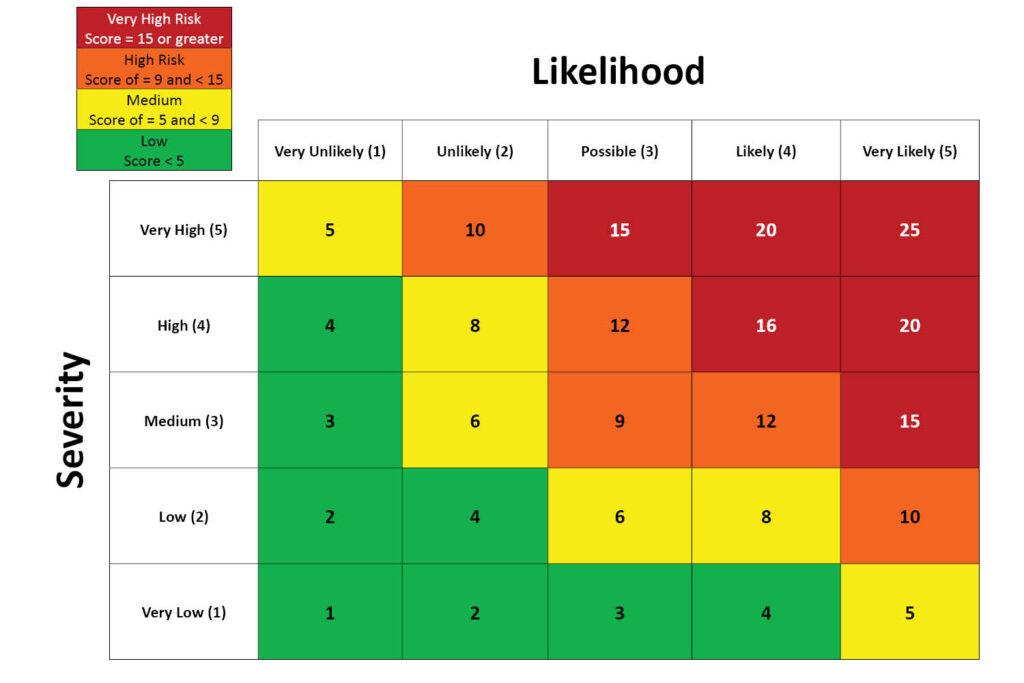The terms OHS Hazards and OHS Risk have been in use for decades. But these terms are often misused by OHS professionals by casually interchanging them. This creates confusion about what an OHS management system is supposed to manage because there is a significant difference between an OHS Hazard and OHS Risk.
ISO 45001 defines the term “hazard” as a “source with a potential to cause injury and ill health”.

The standard also defines OHS risk as a “combination of the likelihood of occurrence of a work-related hazardous event(s) or exposure(s) and the severity of injury and ill health that can be caused by the event(s) or exposure(s)”. Using the terms hazard and risk interchangeably is a mistake. It is also confusing because a hazard is something that has the potential for harm. Risk is a measure of the likelihood and severity of harm from a hazard.

OHS hazards are identified using terms like burn, laceration, crush, struck by, over exposure, psychological harm and many others. To make sense in an OHS management system context, risk should be expressed as a value like high, medium or low risk.
In an OHS management system we identify hazards (hazard identification). We then assess the likelihood and severity of harm that could result from the hazard (risk assessment).

The term OHS Hazard Risk might be a better way to describe what ISO 45001 is supposed to manage. It may help stem the misuse of the terms hazard and risk in OHS management. The term OHS Hazard Risk also conveys the notion that OHS hazards are the source of risk. Additionally, it helps users of standards like ISO 45001 understand that OHS management is about addressing the risk (likelihood & severity) of harm. In an OHS management system we manage the risk not the hazard. Risk is managed by implementing controls to reduce the likelihood and/or the severity of the harm.